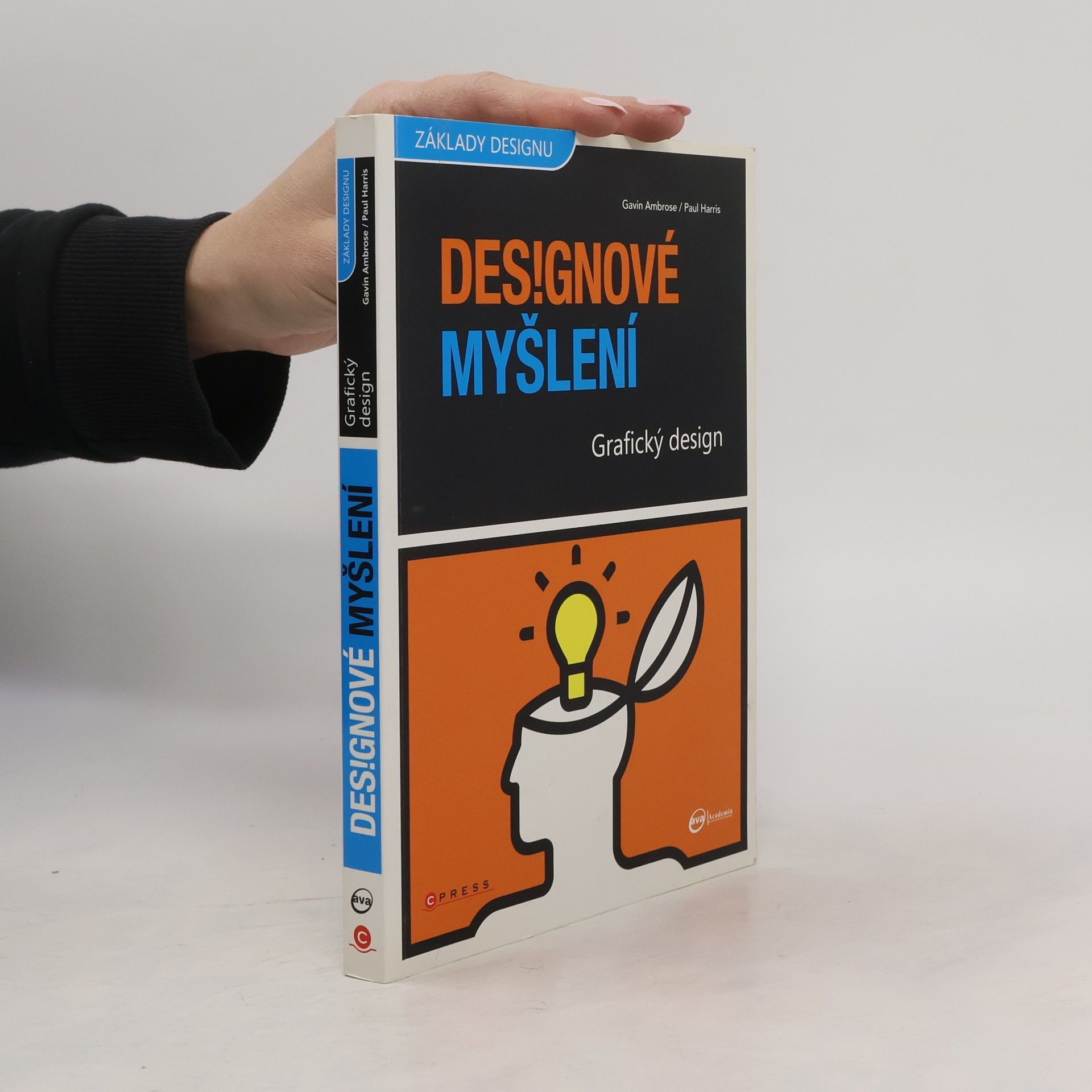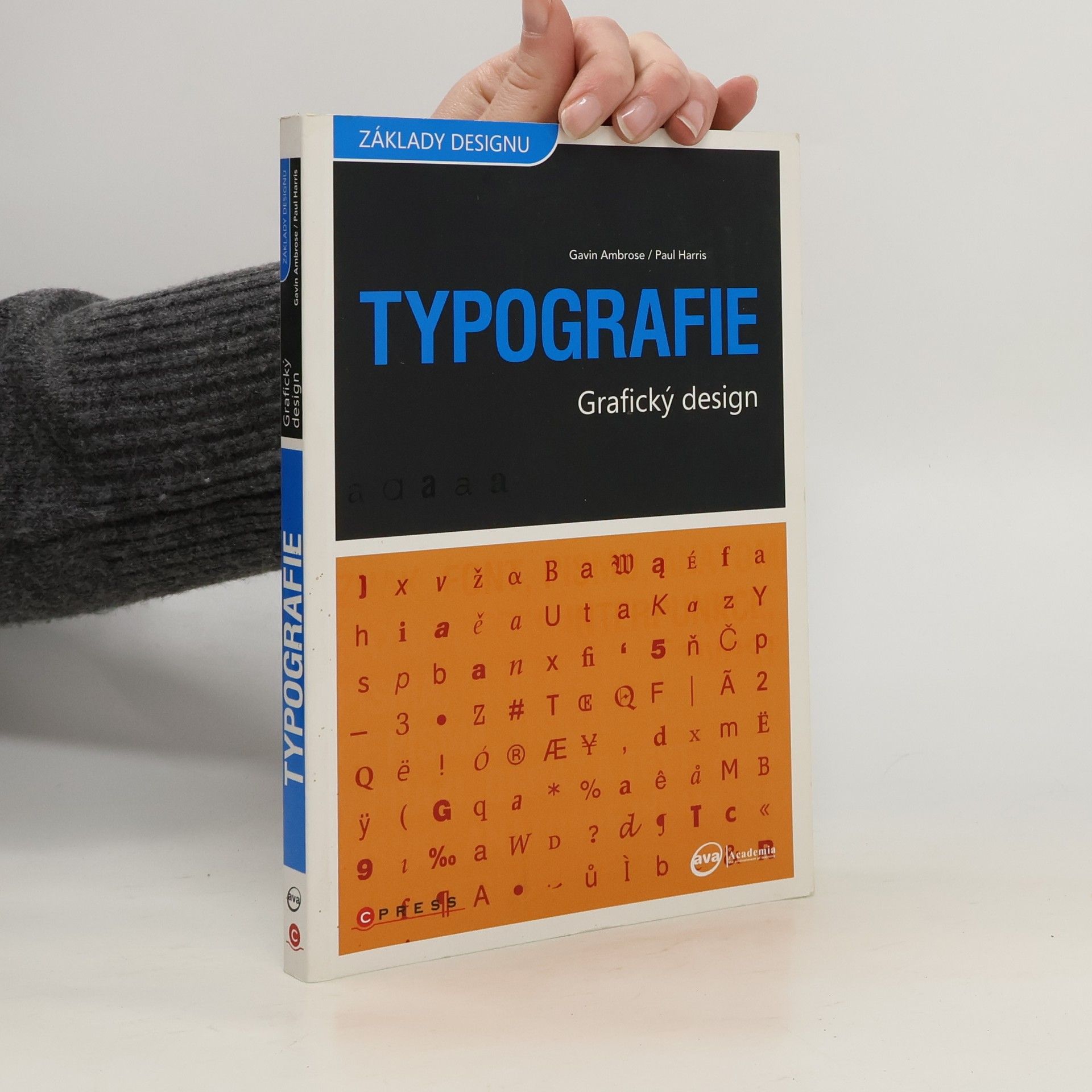Focuses on the construction and ordering of the page and screen through the use of the grids. This book explores not only how to construct grids, but, more fundamentally, why a designer should construct grids at all. It also explores key areas of grid design through a series of case studies, juxtaposed by key creative 'basics'.
Gavin Ambrose Book order
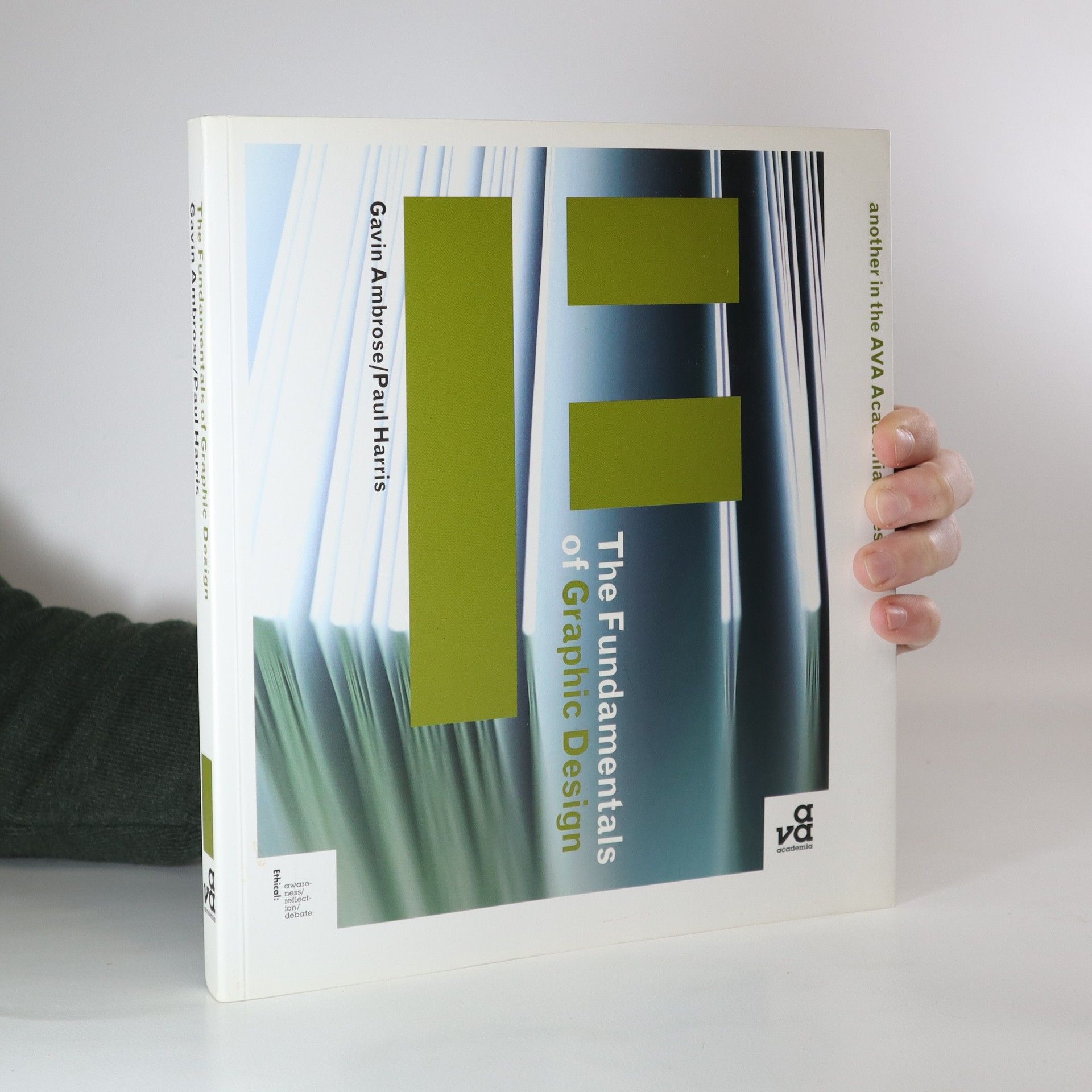
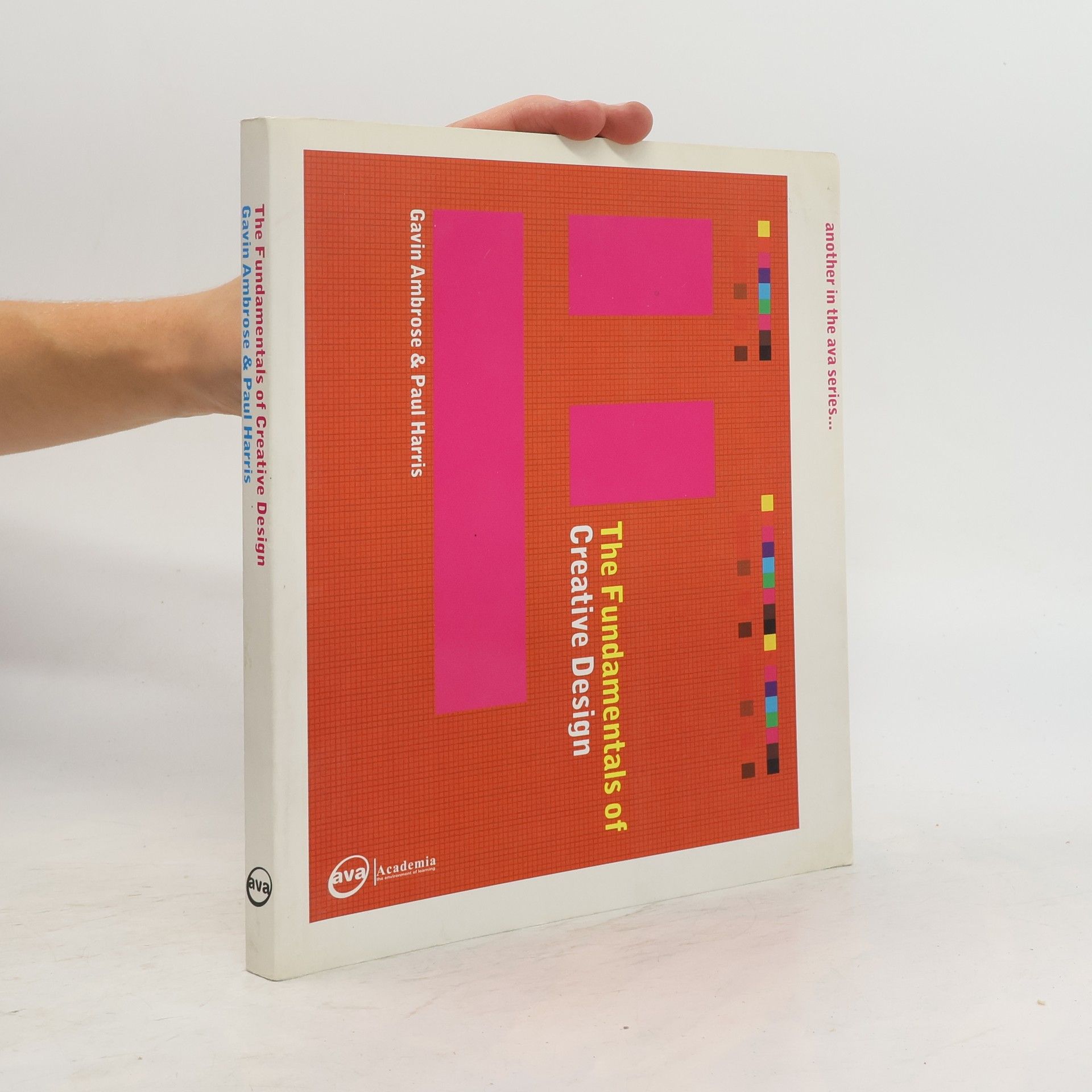
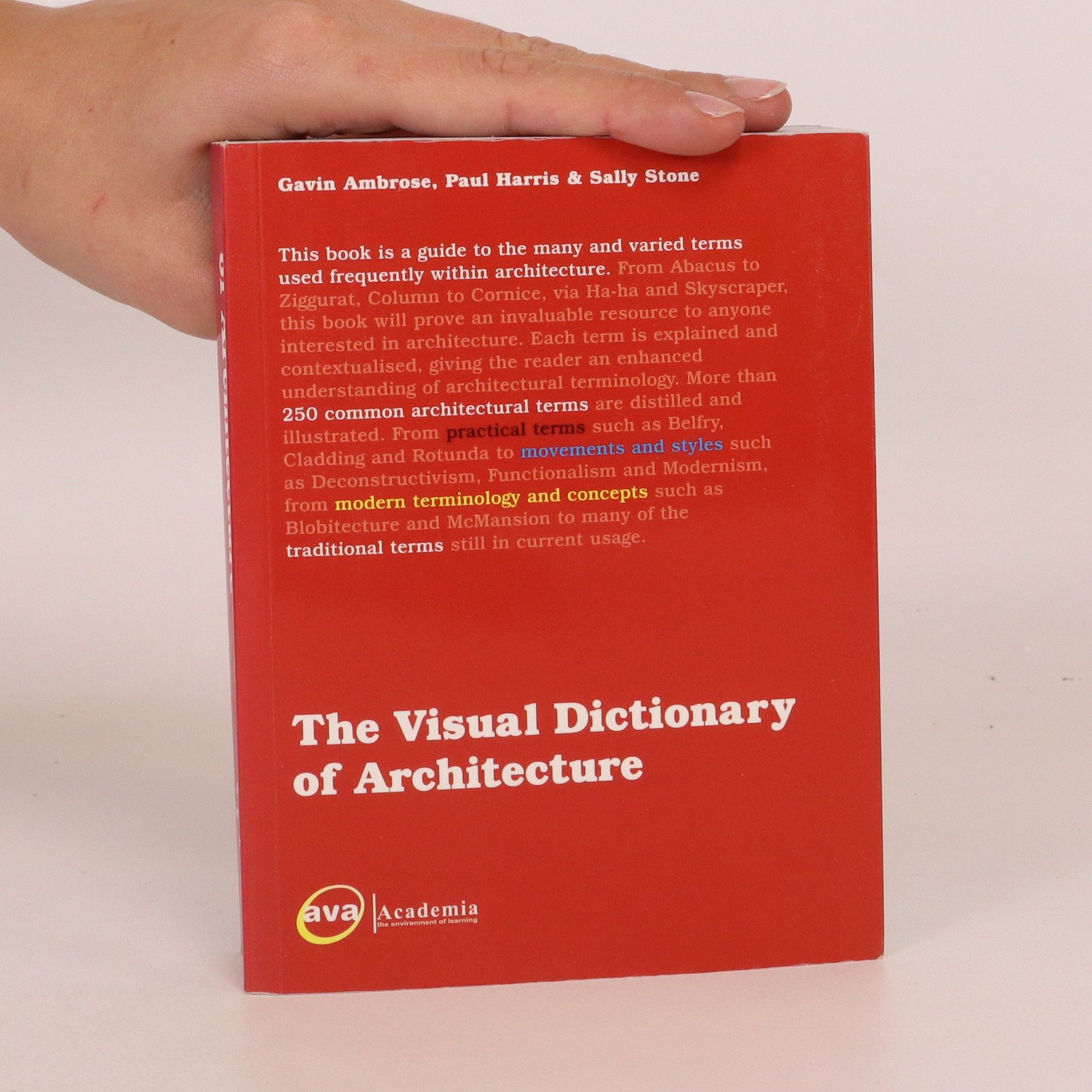
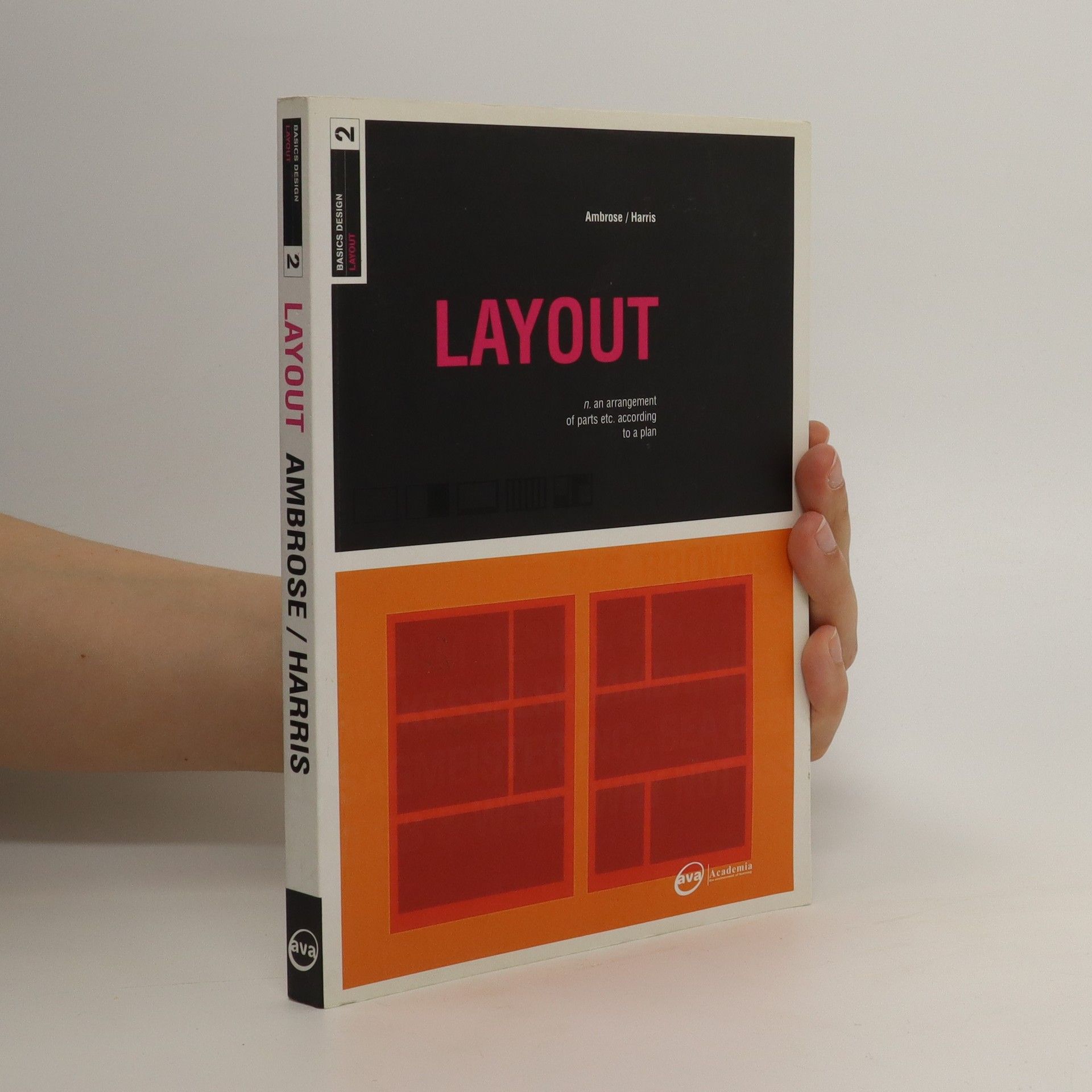

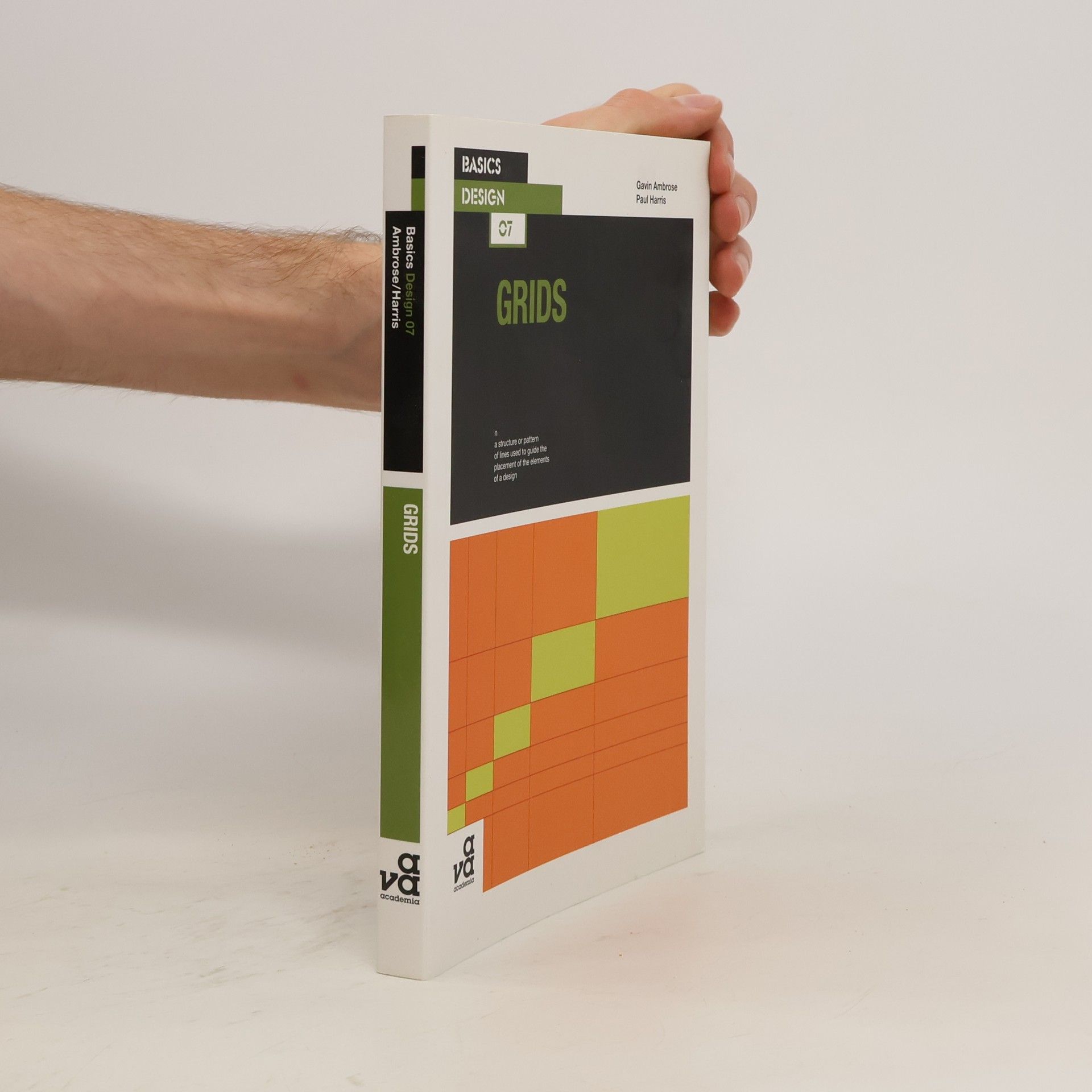
- 2021
- 2020
The Fundamentals of Typography
- 192 pages
- 7 hours of reading
Offering real world examples as well as a brief history of type, this book explains and demonstrates the fundamental principles of using type with examples from leading international designers
- 2011
"Packaging the Brand" is a detailed discussion of the most overtly commercial area of graphic design. This book explores methods of visually communicating the value of a product to its target audience, and examines the entire lifespan of a piece of packaging.
- 2011
Grafický design : designové myšlení
- 192 pages
- 7 hours of reading
V čem tkví schopnost designéra přicházet neustále s kreativními nápady, najít společnou řeč s klientem a mít s produktem výsledky u zamýšleného publika? Kniha Grafický design: Designové myšlení ukazuje, že toto umění spočívá především v uvědomění si designu jako cílevědomého procesu, který spěje od ujasněného zadání přes získávání informací o prostředí, generování nápadů a další kroky až ke zvládnuté realizační fázi – a že ani tím celý proces ještě nekončí. Na názorných ukázkách uvidíte myšlenkové pochody a tvůrčí metody uplatňované nejlepšími světovými designéry a studii v různých stadiích skutečných zakázek. Gavin Ambrose a Paul Harris, patrně nejostřílenější autoři na poli grafického a obalového designu s více než desítkou knih na kontě, odhalují škálu možných designérských přístupů i výtvarné, tvůrčí a základní marketingové zásady zaručující designérskému dílu působivý dojem, přesvědčivost a rezonanci s cílovou skupinou – ať již jde o reklamní materiály, katalogy, vizitky, obaly výrobků, loga, design webových stránek či jiných produktů firemní identity.
- 2011
Grafický design. Tisk a dokončovací práce
- 176 pages
- 7 hours of reading
Kniha vysvětluje základní designové principy a postupy používané při tisku a dokončovacích prací.
- 2010
Looks at the initial stages of the design process and the vocabulary used on undergraduate design courses. This book begins with an overview of various approaches to graphic design, as well as its inherent language. It also looks at methods for generating and developing ideas, research methods, and understanding what is meant by the design brief.
- 2010
Design Thinking steht hoch im Kurs und wird sogar schon als akademische Zusatzausbildung angeboten - doch was steckt dahinter? Mit dieser Arbeitsmethode schwindet jegliche Angst vor dem weißen Papier, denn sie umfasst sowohl die Ideenfindung als auch dieWahl der richtigen Mittel für die anschließende Umsetzung. Und eben hier setzt der Band aus der Reihe Basic Design an: Er erschließt dem Leser den Zugang zu kreativen Denkprozessen und lenkt diesen Ideenfindungsvorgang schließlich zur richtigenHerangehensweise - praxisnah und mit vielen Fallstudien.
- 2010
Grafický design. Typografie
- 175 pages
- 7 hours of reading
Typografie je tím, co dává textu vizuální podobu. Vhodným výběrem písma můžete u čtenáře dosáhnout neutrálního efektu, nebo vzbudit jeho emoce: navodit třeba umělecký, politický či filozofický dojem, nebo dokonce vyjádřit charakter člověka či organizace. Škála písem sahá od jednoduchých tvarů, vhodných pro rozsáhlejší texty, až po úchvatnější písma, která na sebe strhávají pozornost a používají se proto v titulcích a v reklamě. Kniha určená začínajícím studentům i zkušeným designérům, se noří do hloubi tajů typografie a na skutečných příkladech detailně představuje nejrůznější podoby jejího využití v oblasti kreativního designu. Upraveno pro české prostředí.
- 2009
Ein echtes Standardwerk, das angehende sowie etablierte Designer einfach in ihrem Buchregal haben müssen: Der Band 'Grundlagen des Grafikdesigns ' umfasst alle Gestaltungsgenres – von Print bis Multimedia – und sämtliche Aspekte, die für die tägliche kreative Arbeit von Bedeutung sind. Von Typografie über Art Direction bis hin zu Eigenwerbung und Veredelungsmöglichkeiten: Hier kommt endlich ein profundes und universelles Nachschlagewerk für Gestalter, die alle wichtigen kreative Aspekte, Arbeitsabläufe, Produktionsmöglichkeiten und Disziplinen ihres Berufes in nur einem einzigen Buch finden und stets bei der Hand haben möchten. Zudem wird die aktuelle Bedeutung des Grafikdesigns sowie sein Einfluss auf die Gesellschaft beleuchtet. Mehr Orientierung gibt derzeit wohl kein anderes Fachbuch.


